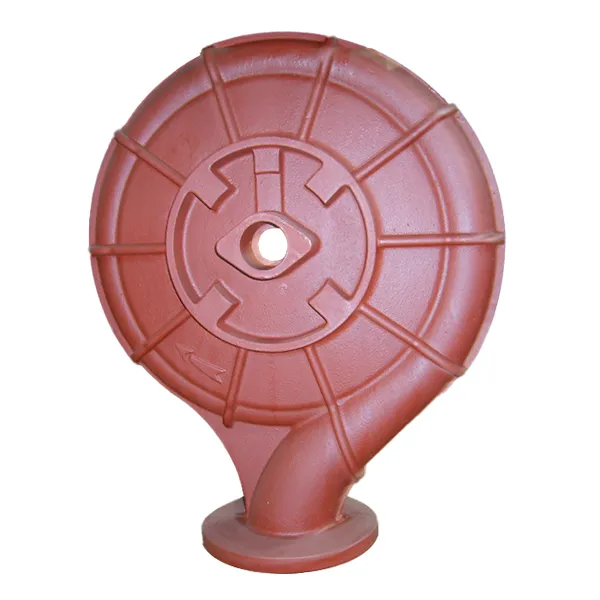Mobile:+86-311-808-126-83
Email:info@ydcastings.com
valve castings
Understanding Valve Castings A Key Element in Fluid Control Systems
Valve castings play a crucial role in the manufacturing and functioning of various industrial applications. These components are essential for controlling the flow of fluids in a range of systems, from water treatment plants to oil and gas pipelines. By delving into the intricacies of valve castings, we can appreciate their importance, production processes, and applications across different industries.
What Are Valve Castings?
Valve castings are the metal parts produced through the casting process, designed to form the body and components of valves. A valve is a mechanical device that regulates, directs, or controls the flow of fluids by opening, closing, or partially obstructing various passageways. The design of valve castings should take into account factors such as pressure, temperature, and the type of fluid being handled. Common materials used for valve castings include cast iron, bronze, and stainless steel, each selected based on their mechanical properties and compatibility with the intended application.
Production Process of Valve Castings
The process of manufacturing valve castings begins with creating a mold that reflects the desired shape and dimensions of the final product. This is typically achieved through either sand casting, investment casting, or lost foam casting methods.
1. Sand Casting This is the most common method, where a mixture of sand and binder is shaped into a mold. After the molten metal is poured into the mold and solidifies, the sand is removed to reveal the casting.
2. Investment Casting Also known as precision casting, this technique involves creating a wax pattern that is coated in a ceramic material. Once the ceramic hardens, the wax is melted away, and molten metal is poured into the shell to form the valve casting.
3. Lost Foam Casting This innovative method uses an expendable foam pattern, which is vaporized when molten metal is introduced into the mold. This allows for complex shapes and superior surface finishes.
valve castings

Each method has its advantages and is chosen based on specific requirements, including complexity, volume, and economic factors
.Applications of Valve Castings
Valve castings are utilized in a multitude of industries, showcasing their versatility. In the oil and gas sector, they regulate the flow of crude oil and natural gas, ensuring safe and efficient operations. In the waterworks industry, valve castings control the distribution of potable water, helping to maintain consistent pressure and supply.
Moreover, in chemical processing, these castings are essential for handling corrosive substances, and their material selection is vital to ensure longevity and effectiveness. Additionally, valve castings are found in HVAC systems, where they control airflow and temperature, contributing to energy efficiency and comfort in buildings.
Quality and Testing of Valve Castings
Quality assurance in the manufacturing of valve castings is paramount to ensure that they meet industry standards and can withstand operational conditions. Various testing methods, including ultrasonic testing, radiographic testing, and pressure testing, are employed to detect any faults or weaknesses in the castings. These processes help manufacturers verify that their products can safely perform under the required pressures and temperatures.
Conclusion
In conclusion, valve castings are an integral component of numerous fluid control systems across a variety of industries. Their production involves sophisticated processes that demand precision and material expertise to ensure optimal performance and reliability. As technologies and materials continue to evolve, so too will the designs and functionalities of valve castings, allowing industries to achieve greater efficiency and safety in fluid management. Understanding the significance of these castings not only highlights their role in everyday applications but also emphasizes the ongoing advancements in engineering and manufacturing practices.
-
Why Should You Invest in Superior Pump Castings for Your Equipment?NewsJun.09,2025
-
Unlock Performance Potential with Stainless Impellers and Aluminum End CapsNewsJun.09,2025
-
Revolutionize Your Machinery with Superior Cast Iron and Aluminum ComponentsNewsJun.09,2025
-
Revolutionize Fluid Dynamics with Premium Pump ComponentsNewsJun.09,2025
-
Optimizing Industrial Systems with Essential Valve ComponentsNewsJun.09,2025
-
Elevate Grid Efficiency with High-Precision Power CastingsNewsJun.09,2025











